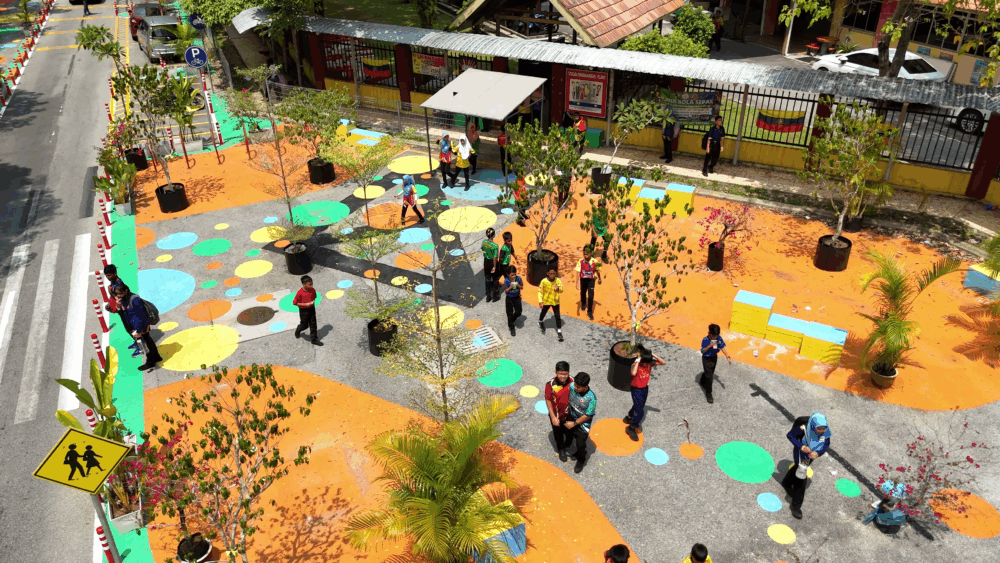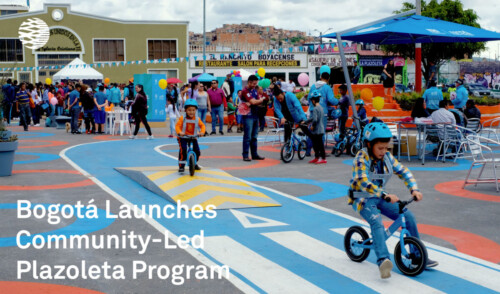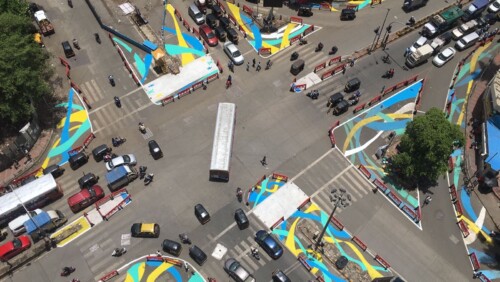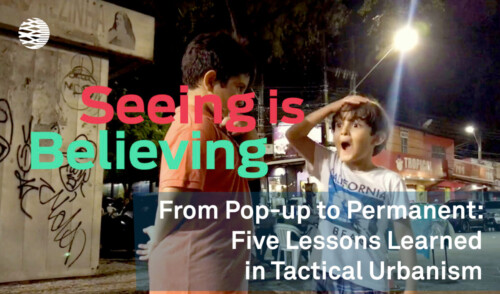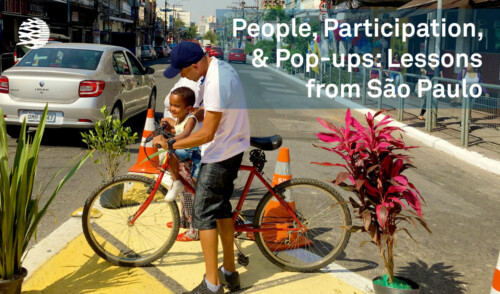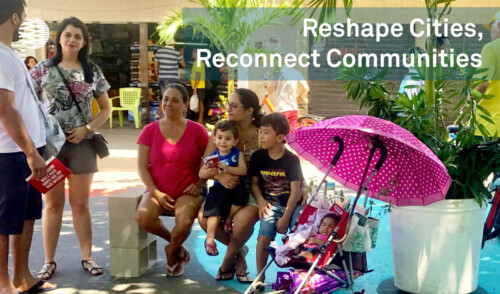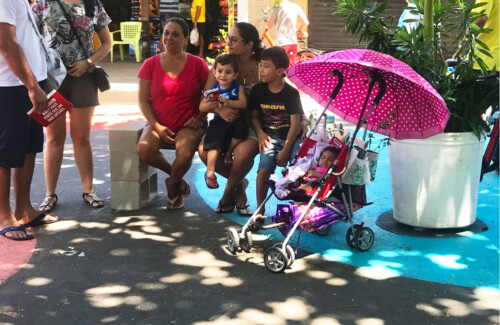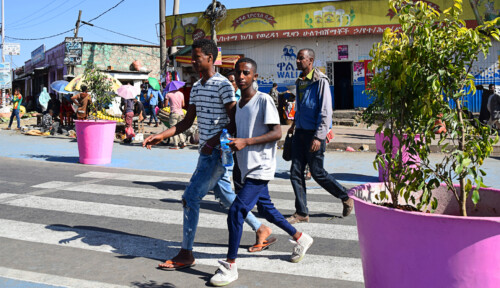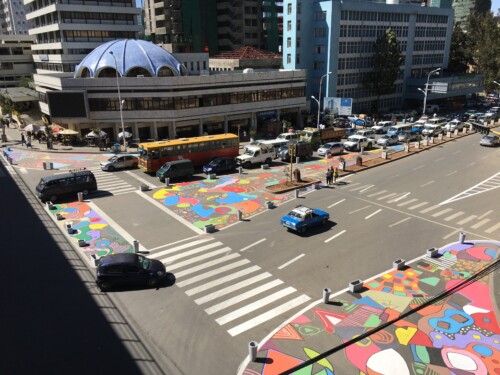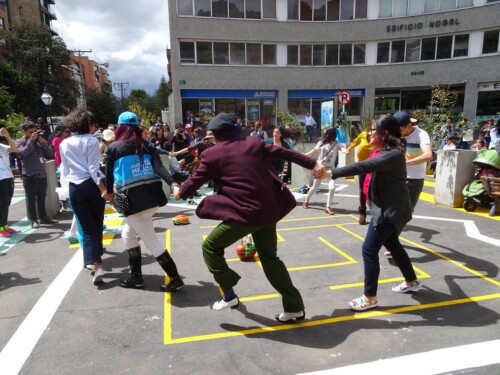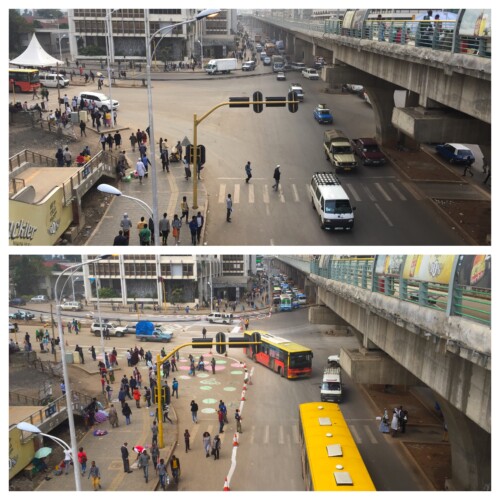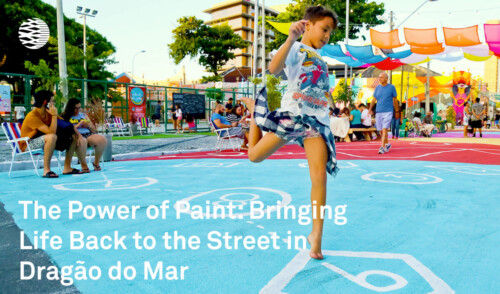
The Power of Paint: Bringing Life to the Streets of Dragão do Mar
The City of Fortaleza, Brazil, launched a new Cidade da Gente (City of People) project in Dragão do Mar in August 2018. City contractors and local volunteers applied bright colors and bold patterns to the 5,000 square meter site over three days, and used 1,000 liters of paint to improve the streets’ geometry. The redesign makes streets safer and brings revived life and energy to the neighborhood.
